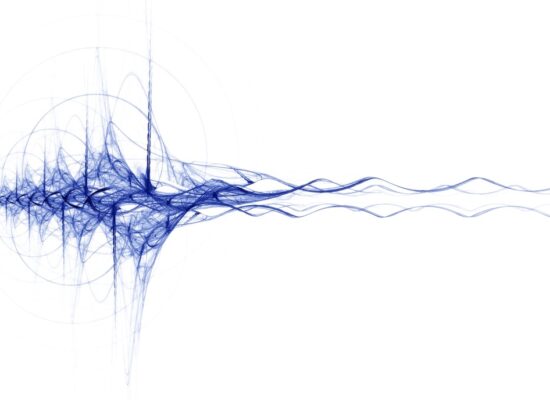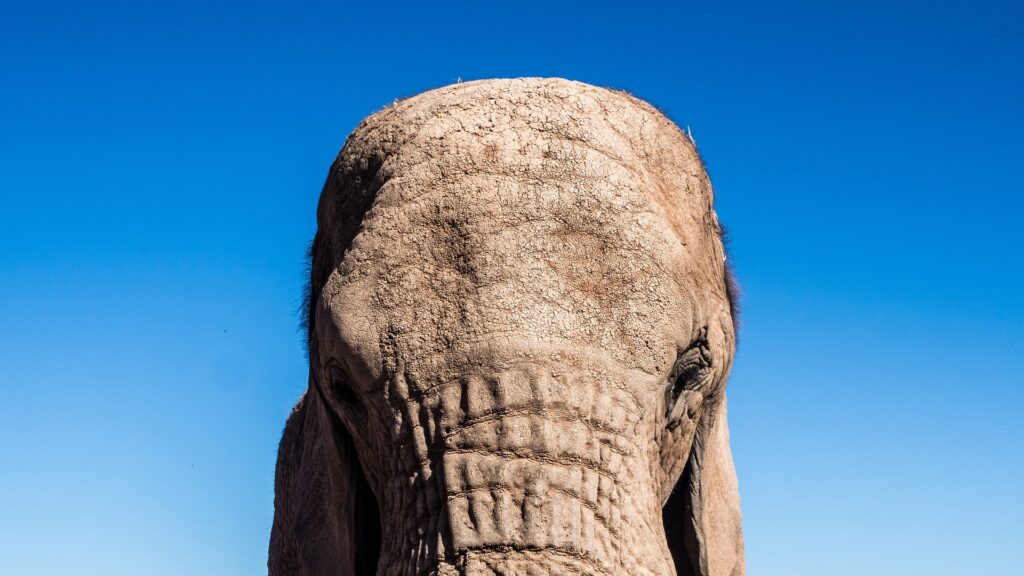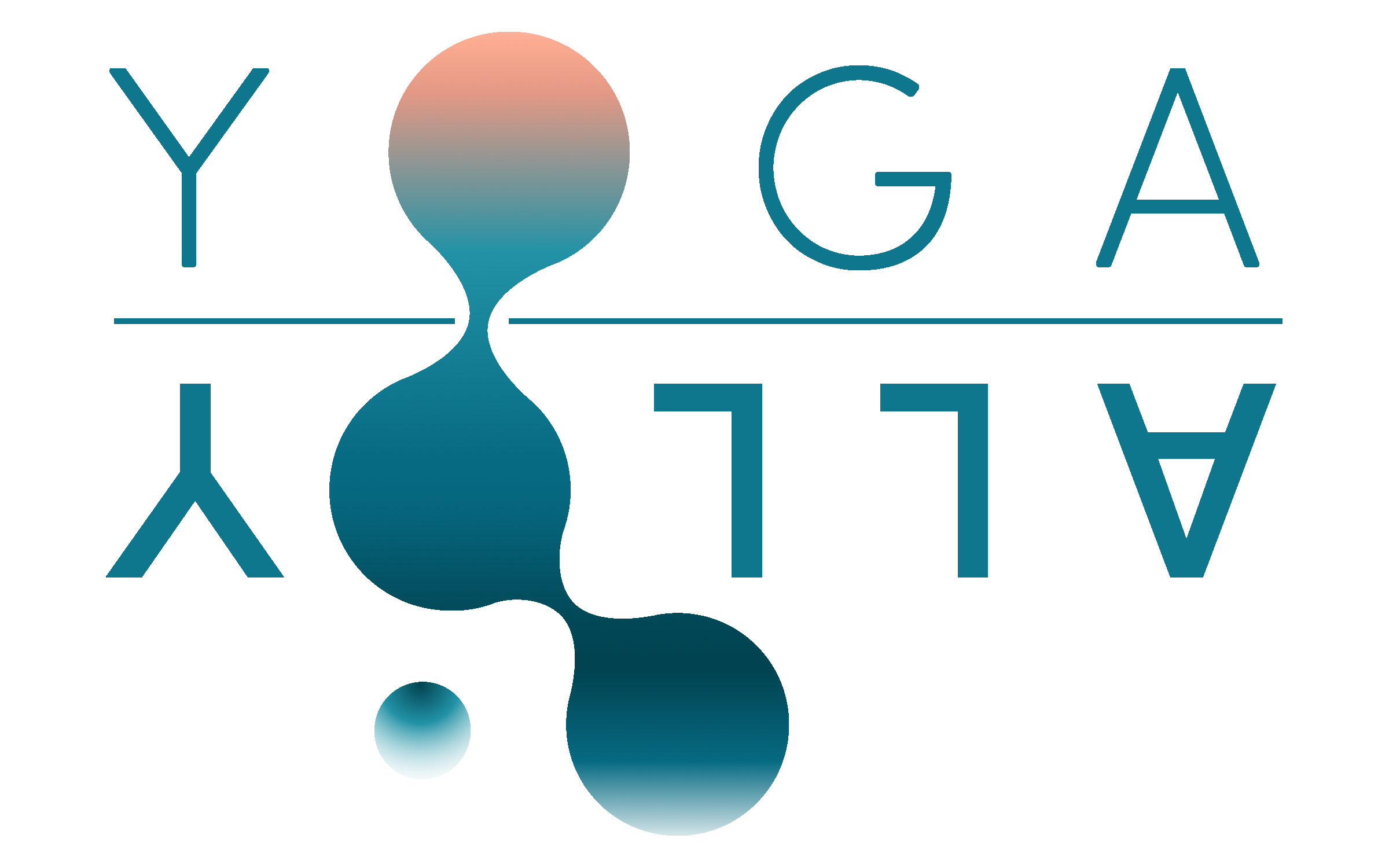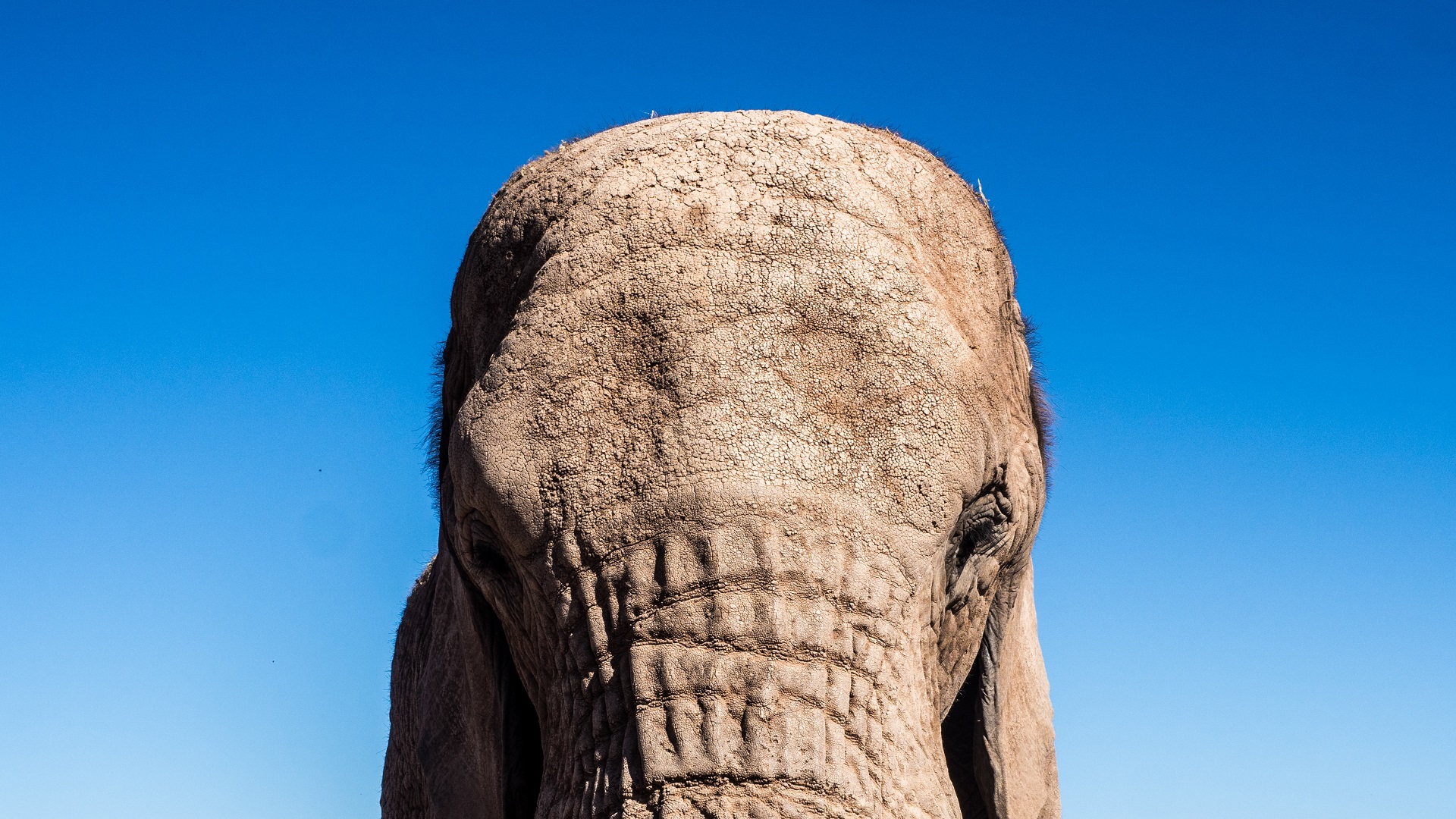The Idea Behind the Repetition of Mantra
Mantras are the sacred syllables/words. They are imbued with the pure resonance of the Sanskrit language and thousands of years of energetic investment of dedicated yogis. So they are some potent syllables.
So the question is how to use them?
Many yogins meditate through the repetition of mantras. Such practice is known as Mantra Japa. Repeating a mantra in the beginning or at the end of the class three times is not Mantra Japa. A Japa practice hundreds and most of the time thousands of repetitions. Mantra Japa is a powerful and very accessible way of using Mantra as a tool for our meditation practices. I would like to focus on two main reasons why a yogin would repeat a mantra thousands of times.
Vibration
Yoga has been looking at the world as an agglomeration of vibrations. Science is also altering its point of view thanks to quantum discoveries. All the particles that compose us vibrate. This vibration is not random or fixed. Our vibration changes with every thought, emotion, dream, sensation we are experiencing.

If the entirety of our existence vibrates in harmony we magnetize the exact right things towards ourselves. Yet this is a very rare thing to happen. We are usually fragmented. We have so many things that we need to do, we want to do, we wish we had done, we dream that we will do. We either focus on our body or mind or soul. Having a lifestyle that would satisfy both our mind body and soul is very rare.
Hence we usually do not have a very harmonious and powerful vibration. A great way to remedy this is repeating sacred vibrations, Mantra Japa. Through repetition of the intrinsically benign and spiritually powerful vibrations, we can embody these qualities. Simply through aligning our frequency to the sacred sounds of the universe.
The task is huge. One repetition will not cut it. A hundred repetitions will not be enough especially while life is still happening. Thousands of repetitions everyday will definitely have a huge impact though.
The Mind
Yogic structure of mind is of 4 parts:
- Manas
- Chitta
- Ahamkara
- Buddhi
Buddhi is our pure wisdom, our higher mind. Buddhi is the part of our mind that is in contact with our pure Self (soul/Atman). Buddhi is the decision-making mechanism that is constantly in touch with our inner truth. Buddhi does not make mistakes, nor doubts. Yet Buddhi is blind and deaf to the external world.

The external world is perceived through Manas. Manas is our lower mind. It is open to the temptations of the material world. Buddhi cannot communicate with Manas directly. Ahamkara and Chitta are in between. Ahamkara and Chitta make it possible for our spiritual mind and material mind to communicate. But there is a problem. Ahamkara and Chitta also distorts the communication.
Ahamkara is the ego, the agency which allows you to identify with your physical existence. Chitta is the memory, where we store everything that has been perceived.
Mantra Japa is practiced in a steady posture with eyes closed. This limits the activity of Manas. Then comes the sound and vibration (touch) of the Mantra. So the Manas gets filled with Mantra. Yet your mind keeps escaping into Chitta. You find yourself thinking of things that do not belong to your practice. After a lot of repetitions, Chitta also begins to vibrate with the Mantra. Your mind escapes from the moment into the memory and finds the Mantra there once again.
By bringing your mind into this state the layers of Ahamkara and Chitta begins to melt and your mental activity shifts into your higher mind of being confined at the sense mind. That is the first step of freedom.
Happy practicing,
Embody the sacred within,
Yoga Alloy

